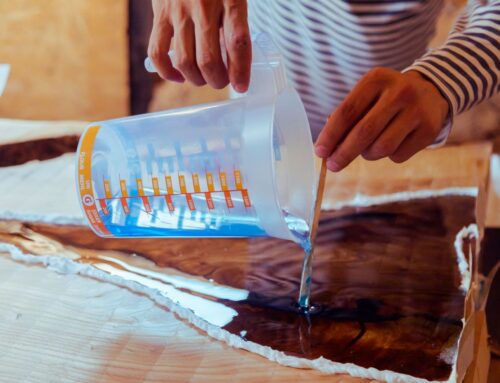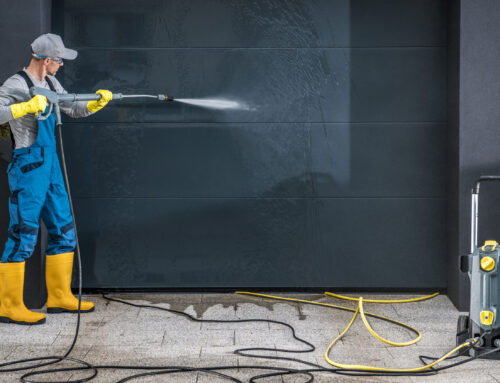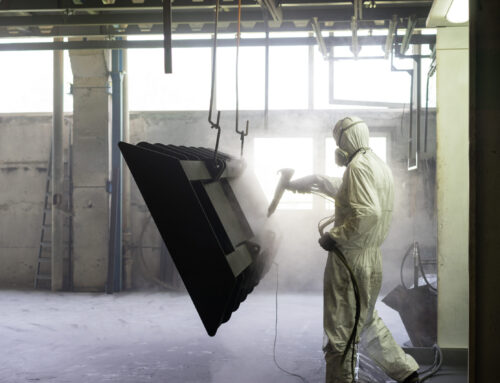Food grade epoxies offer a wide range of creative and functional opportunities for use throughout the kitchen. Although, knowing which options are food safe for specific surface types is important to know when buying items for your kitchen.
With a proper understanding of sanitation procedures regarding epoxy cutting board safety, working with epoxy is an efficient and effective choice.
Safety regulations
Before beginning any project involving food safe epoxy resin, it is important to be aware of the regulations set in place by the Food and Drug Administration (FDA).
FDA approval is a necessary safety marker when you are working with materials like as epoxy. An endorsement by the FDA is even more important when those materials are used with the intention of having direct contact with food.
FDA compliant products and materials are considered safe for contact with food. Products, however, are only deemed safe for food if they are made fully from FDA approved materials, which is a key detail to keep in mind when working with epoxy.
Many types of epoxies are very popular for kitchenware. With some many choices available, understanding which epoxies pose the most risks to safety is important. As a popular decorative aspect of kitchenware, cutting boards are often researched for possible use with epoxy. However, the safety of using cutting boards with epoxy and epoxy coatings is very complex and often unsafe. In fact, using epoxy on cutting boards is typically a health risk.
Risks of using epoxy with cutting boards
Epoxy is a widely popular material used in many kitchens. Although, it is often advised against using epoxy for specific surfaces due to the risks regarding sanitation. With an understanding of which surfaces are more at risk for sanitation issues, such as wooden cutting boards, working with epoxy in the kitchen is a safer, easier experience.
Cutting board material and intended use
Understanding which types of epoxies are safe to use for contact with food is a complex process. Many types of epoxy coatings that are able to be used with surfaces such as charcuterie boards, for example, may not be safely used with cutting boards. The issue with safe use is primarily dependent on the surface type and intended use.
Typically, food grade epoxy is best for surfaces with gentle use or low impact risks. Surfaces intended to act as serving trays or for very light-cutting needs are more often used with epoxy because they are easy to clean. When used in the right setting, epoxy increases sanitation and decreases the risk of contamination.
Cutting boards, however, do not benefit from epoxy coatings. Cutting boards experience high impact through knives and the heavy force for cutting. Epoxy will not provide the necessary surface protection needed in order to prevent bacteria or other possibly harmful materials from remaining within the material of the cutting board.
The material your cutting board is made of is one of the most important factors to consider when looking at food grade epoxy options. Whereas epoxy is safely used for a range of kitchen projects, wooden surfaces are typically unsafe to use as cutting boards with epoxy. The material of the epoxy, which is usually a hard plastic texture, may result in dulled or lowered sharpness of knives as well.
For wooden cutting boards, epoxy use is highly advised against primarily due to the prominent risks regarding sanitation and safe use. Wood is more likely to absorb bacteria over other materials. With the possibility of bacteria growing in wooden cutting boards over time, using epoxy for cutting boards is a major health risk.
Over time, damages to the wood caused by the heavy force of cutting also add to the range of possible health risks involved with using wooden cutting boards and epoxy. The use of knives is very common for cutting boards; however, knives will likely damage the epoxy and can even scratch it or cause it to degrade faster. In addition, epoxy cutting boards are bad for knives and cause them to go dull faste. The abrasions that are created in the wood due to the impact of the knives can lead to bacteria growth and surface damage to your cutting board and the epoxy coating.
Surface Damages
Not only are sanitation and safety at risk, but also the aesthetic image of your cutting board as well. With increases in the likelihood of high impact damage from forceful contact with the epoxy, any design on your cutting board is more easily damaged with use over time.
With epoxy used most often for both aesthetic and functional purposes, any risks to your design should be kept in mind throughout the epoxy safety research process. Although the design aspect of epoxy may be appealing, the health risks are highly prominent.
Ready to Get Started?
Have questions about your project or need a quote? We’ve got someone ready to help you.



